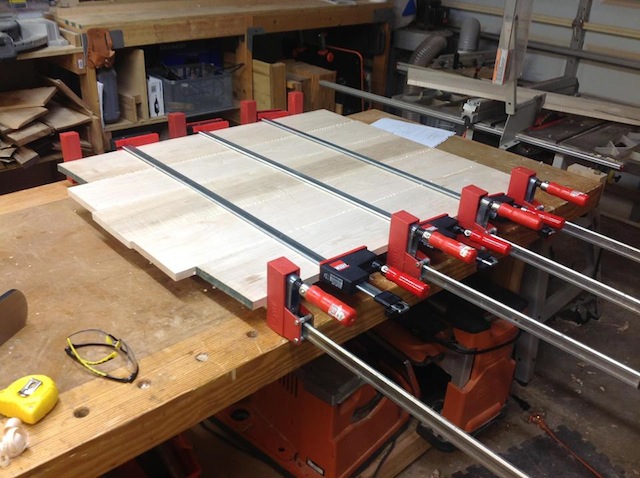So, at the last meeting of the St. Petersburg Woodcrafters Guild, I was asked to do a quick presentation about different types of glues that woodworkers use. Not only do I like glue, I also like to talk. So, this was an easy one for me to do!

Once I found out I was doing this, I asked for a little bit of help from my friends over at Gorilla Glue. They sent over a few sample packs of their product – one to use for the demo, the other to give away. So, I packed my stuff this past Tuesday, grabbed the iPad to record the happenings, and, well, let’s roll the video!
The glue up video from Tom Iovino on Vimeo.
Hopefully, I didn’t lead too many people astray, and I was able to let some folks know about different types of glue.
I can’t wait until I speak again!
